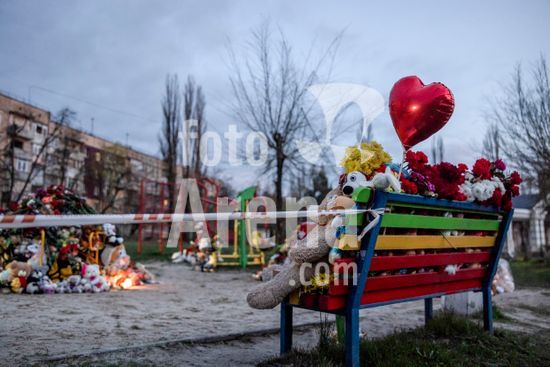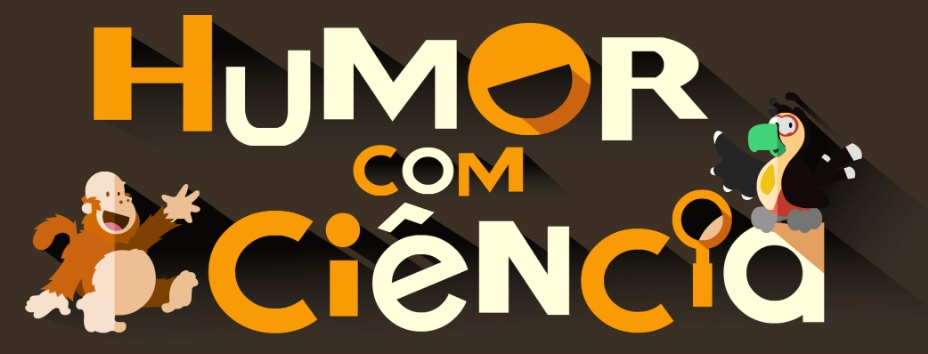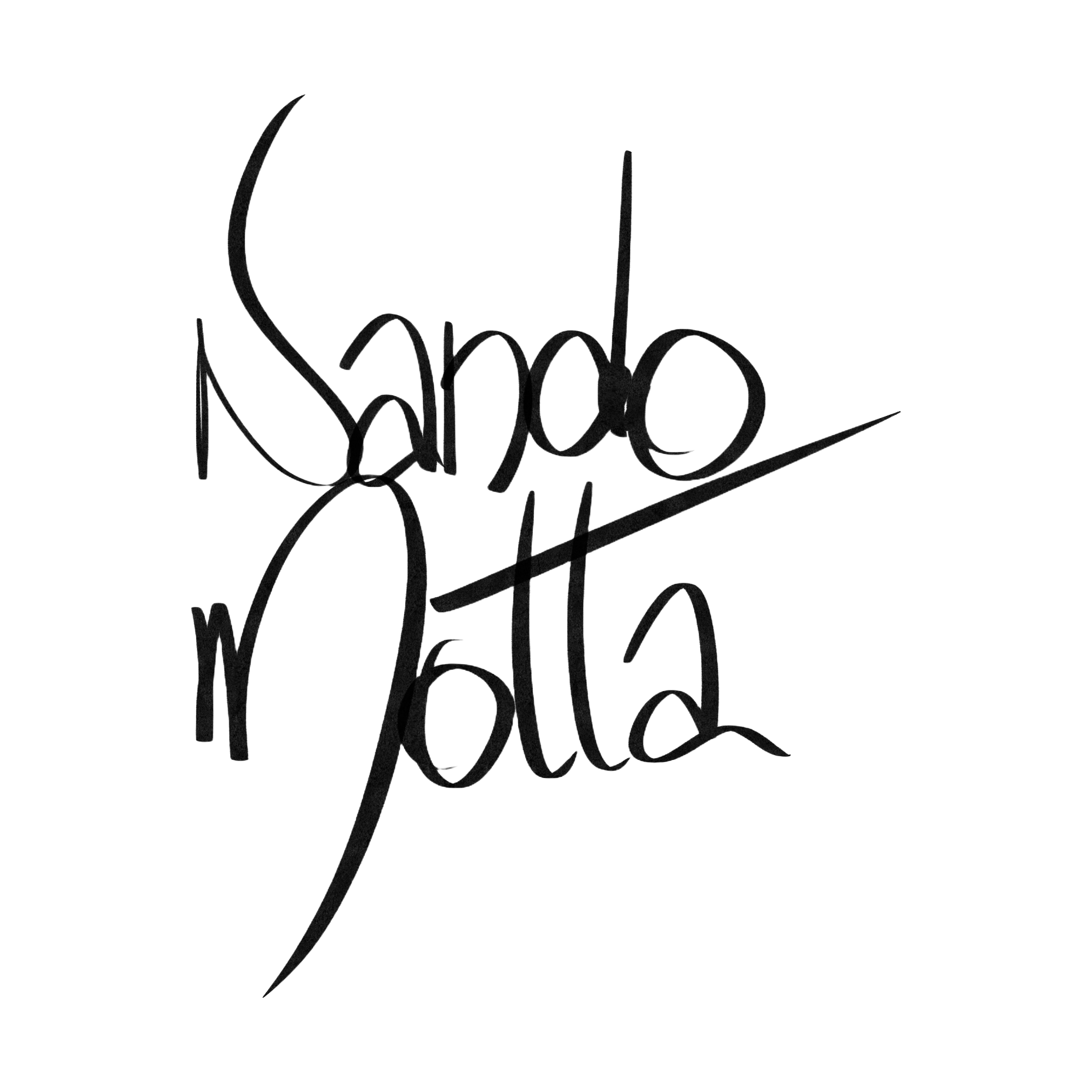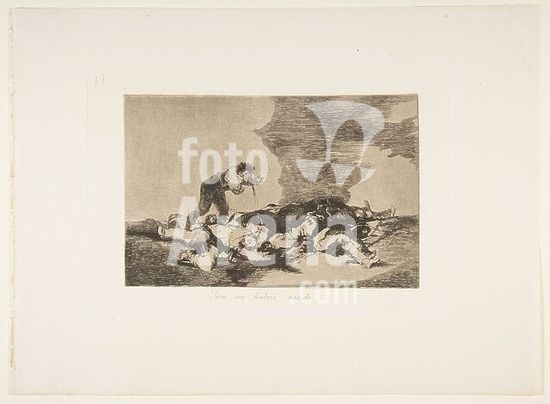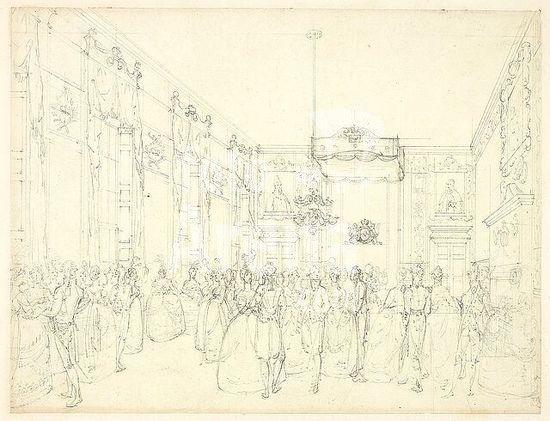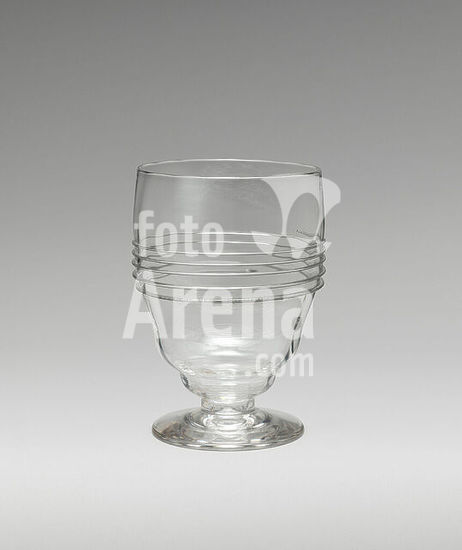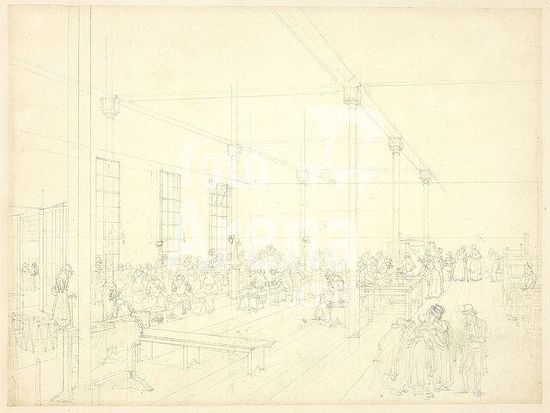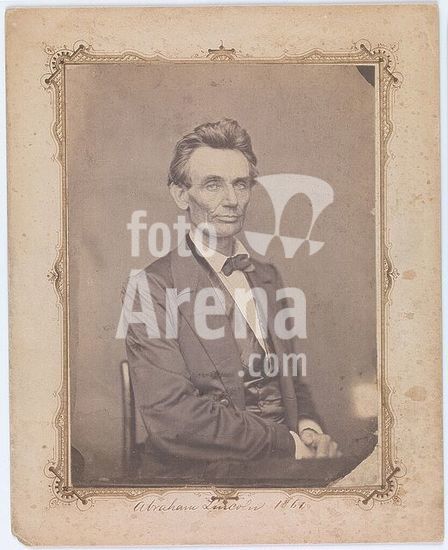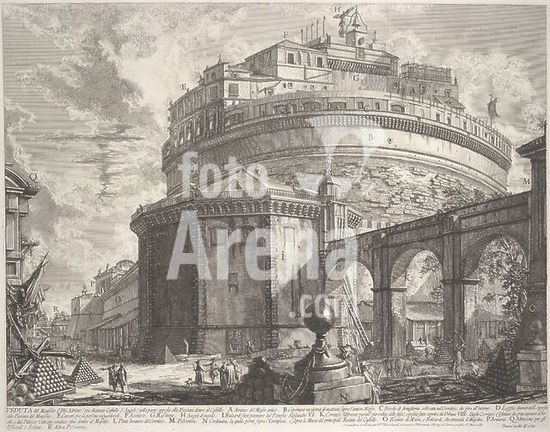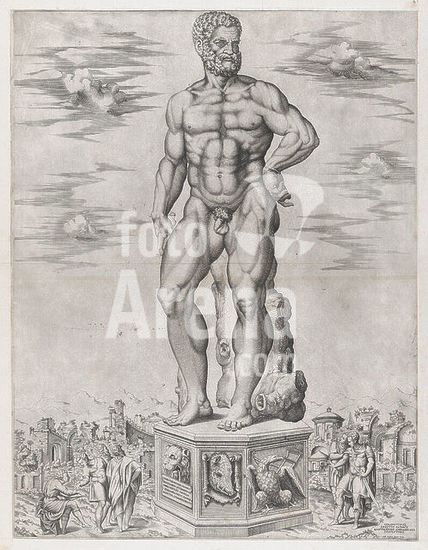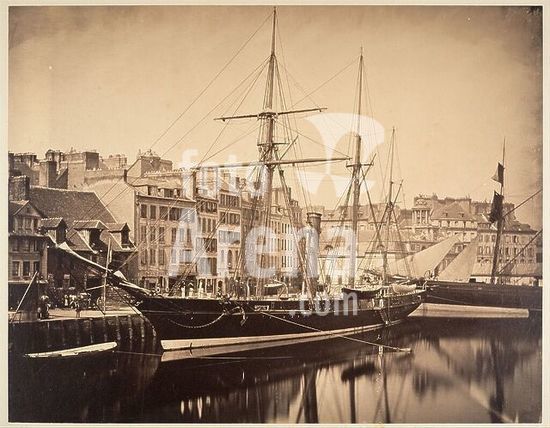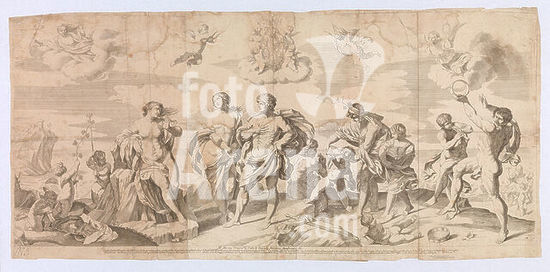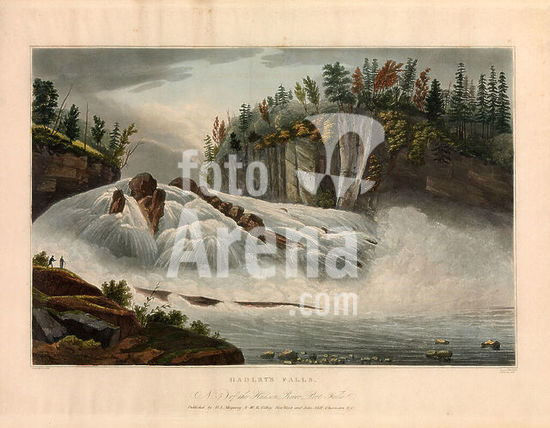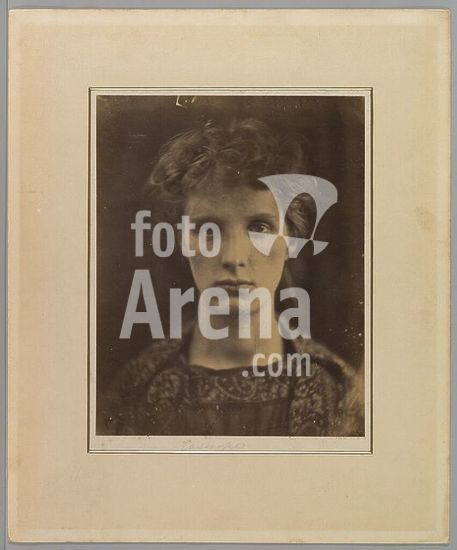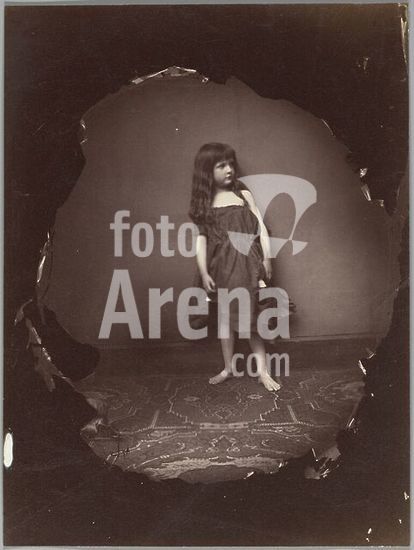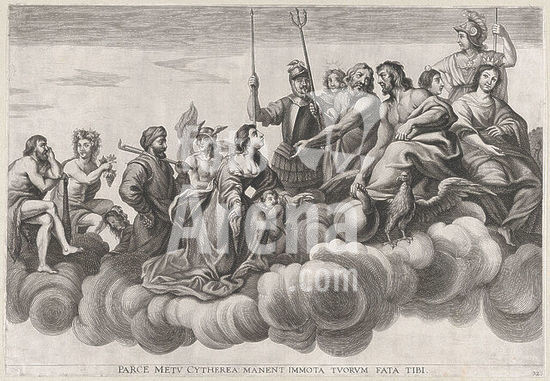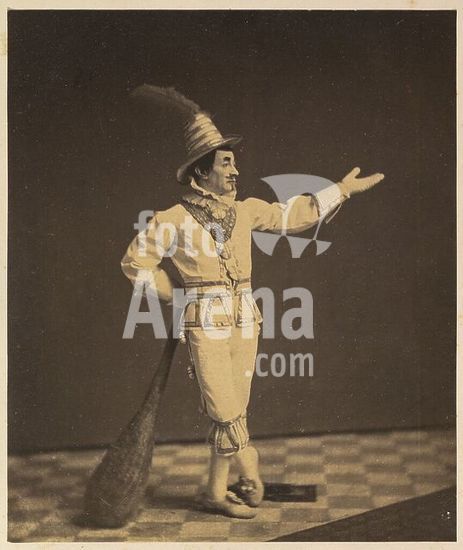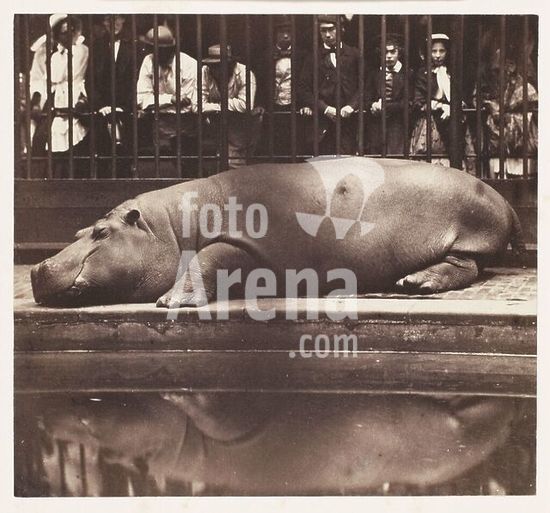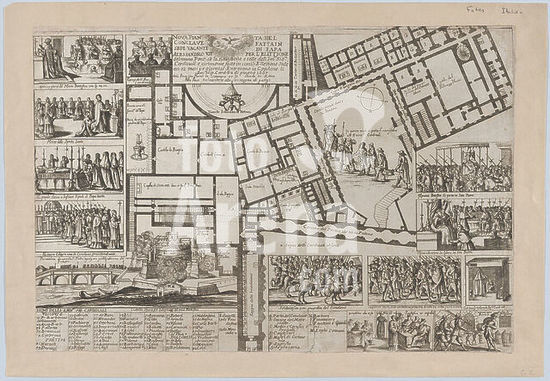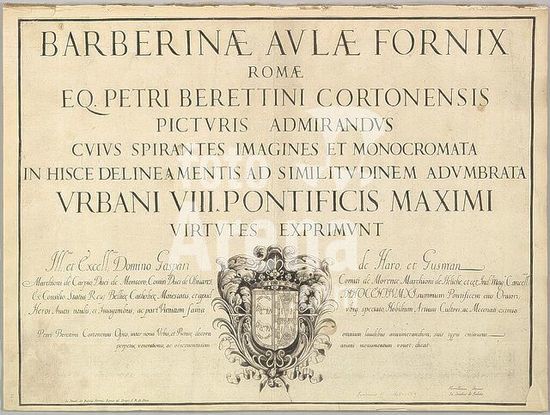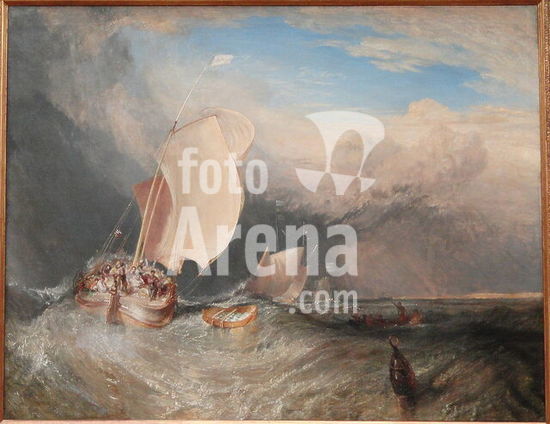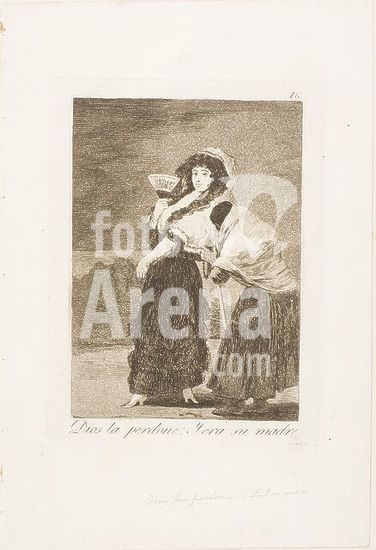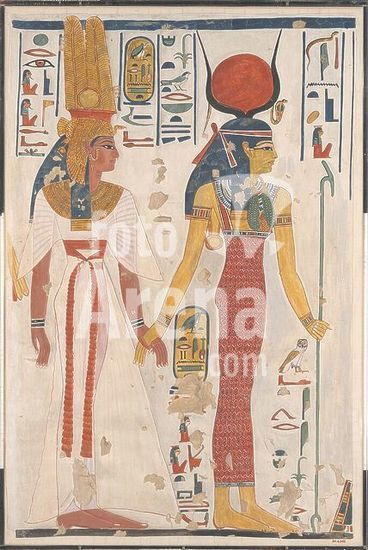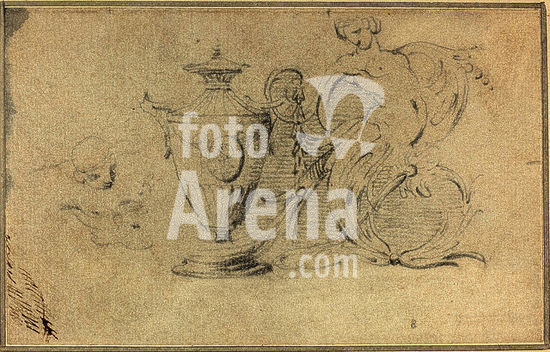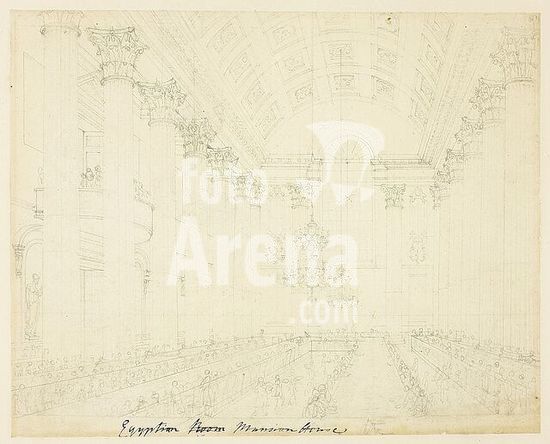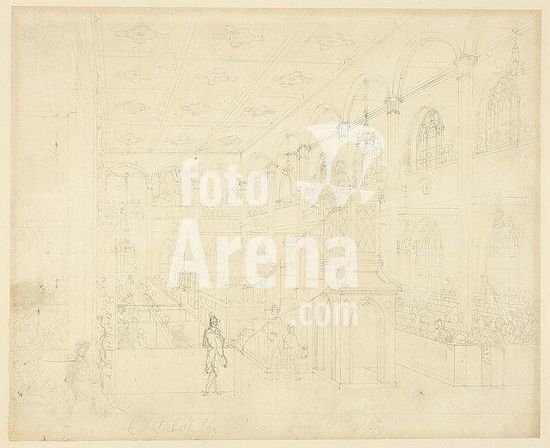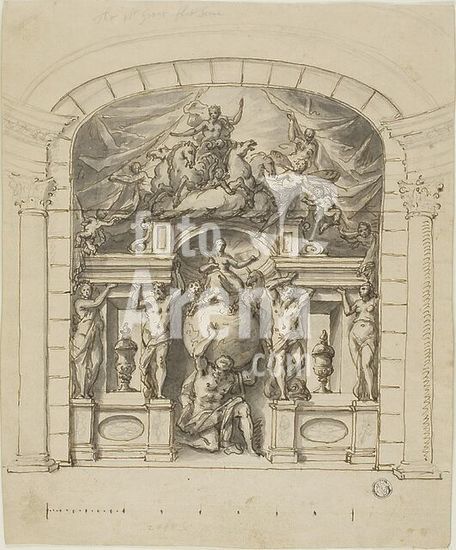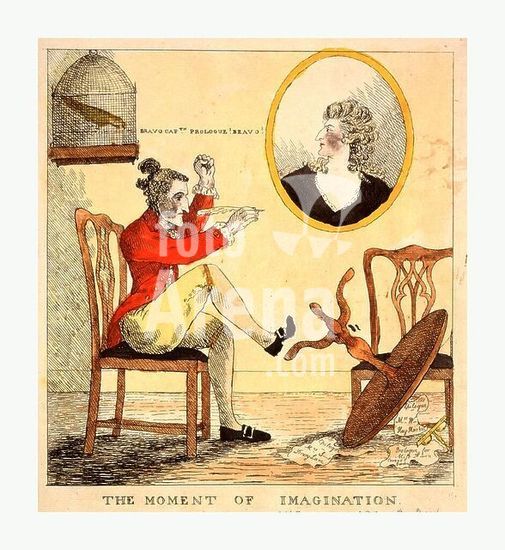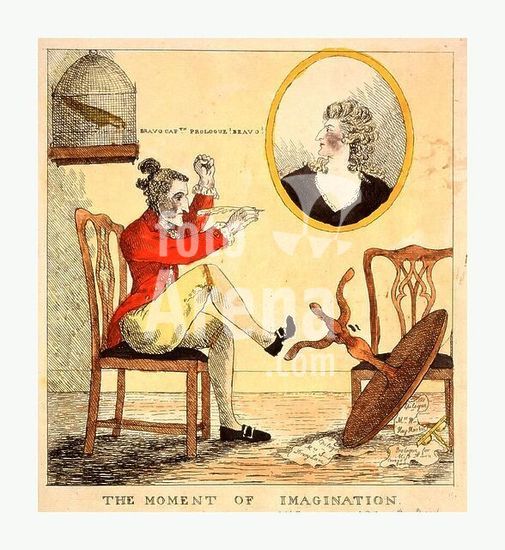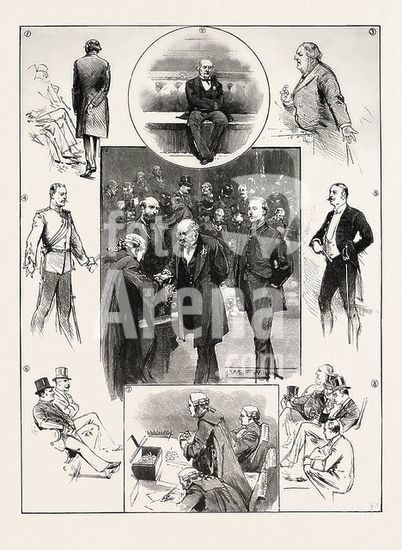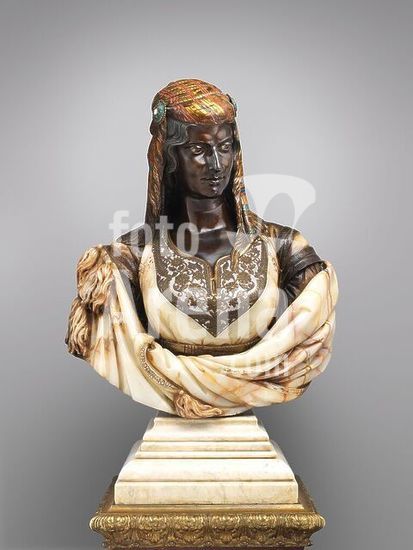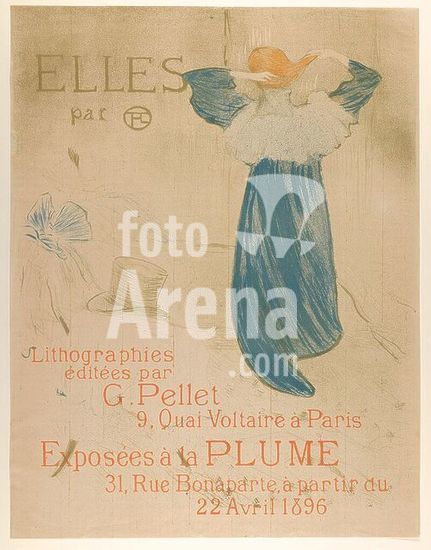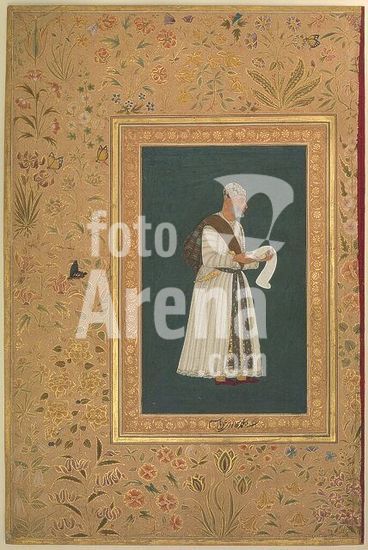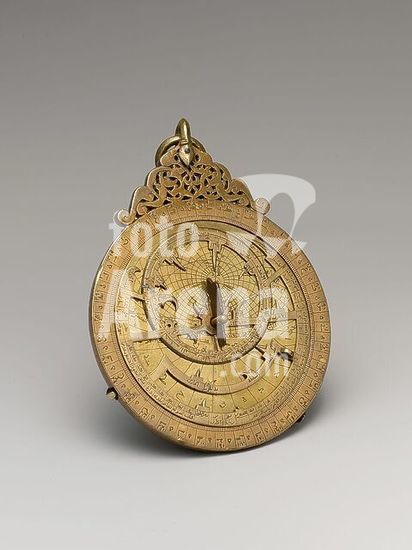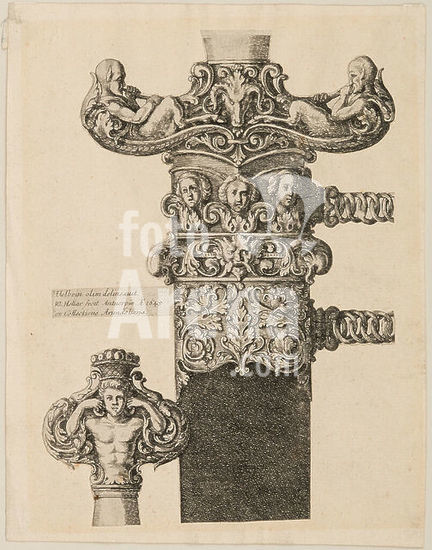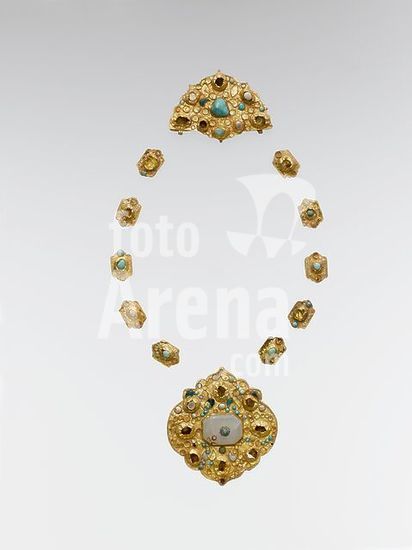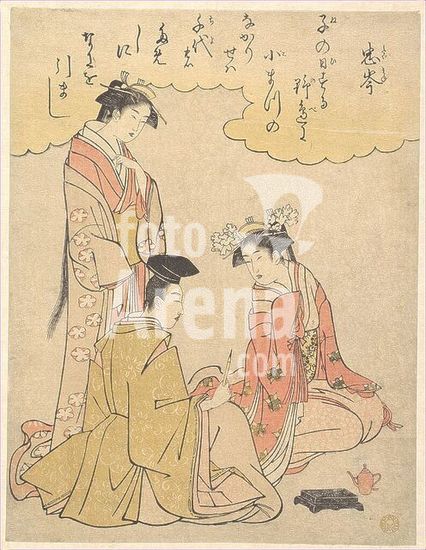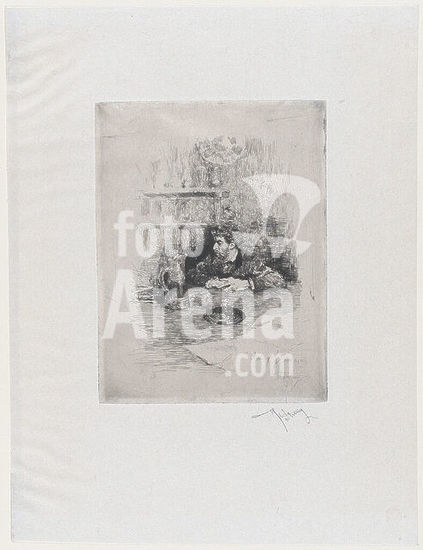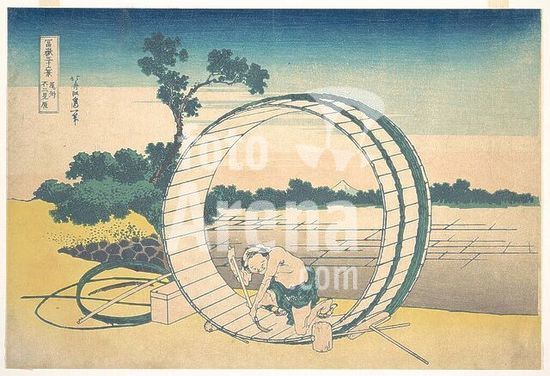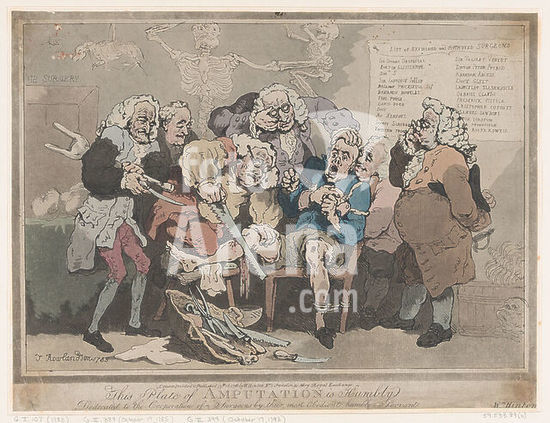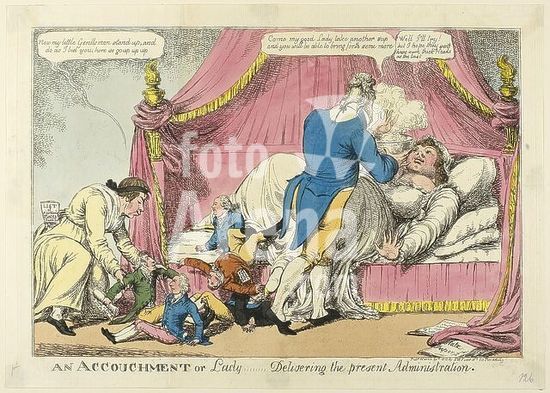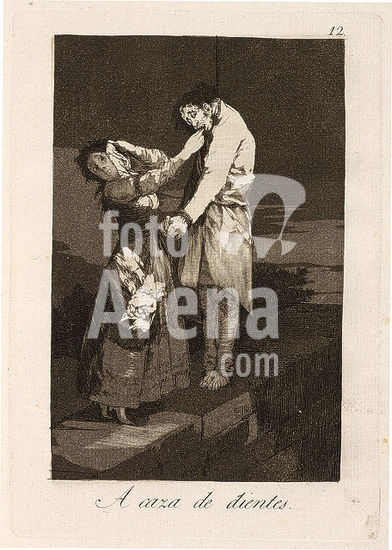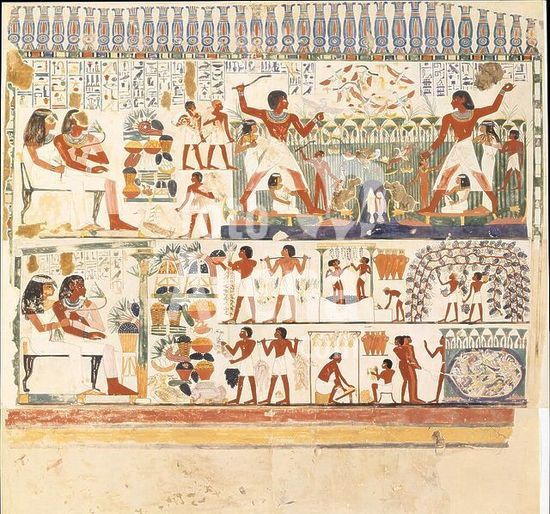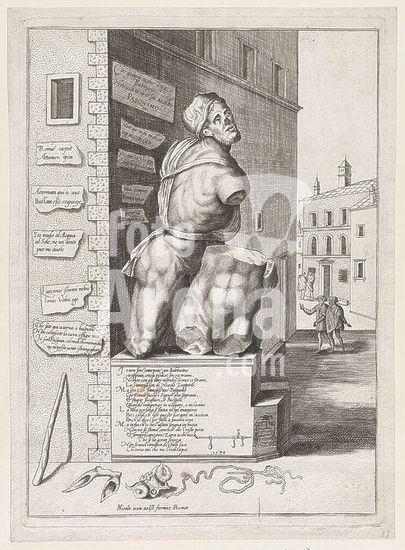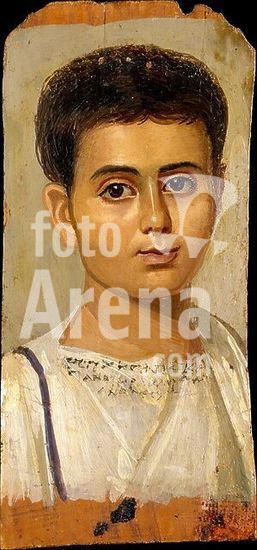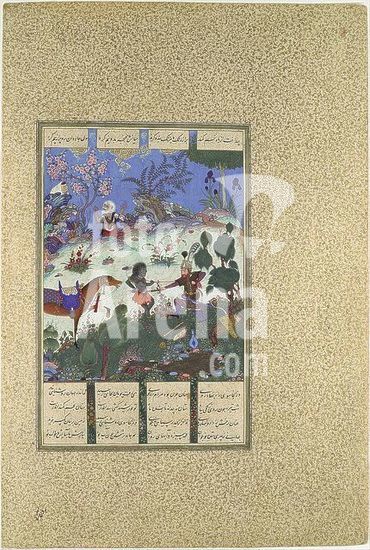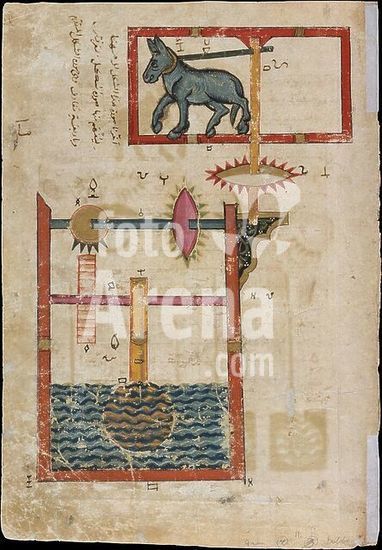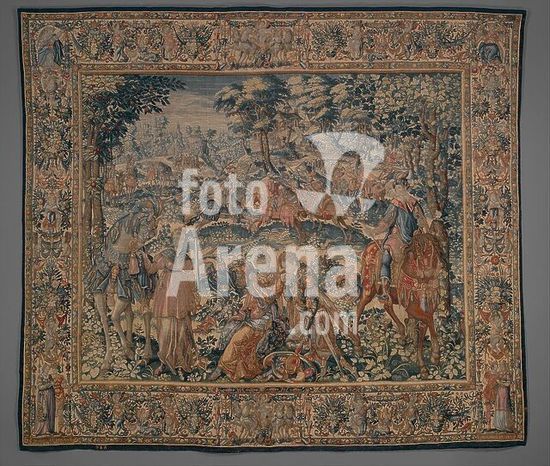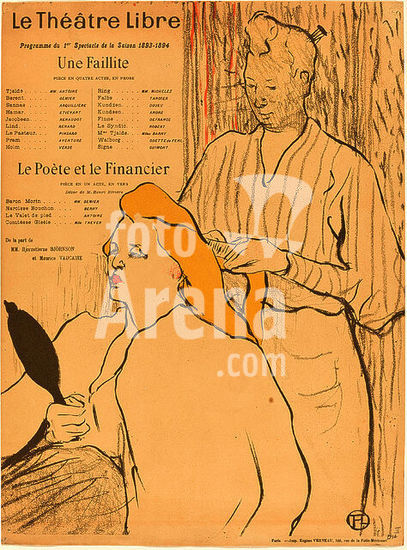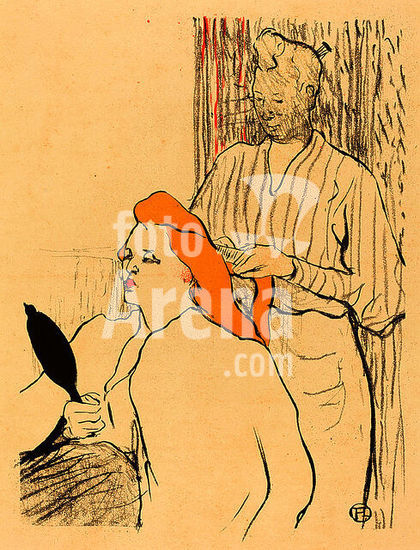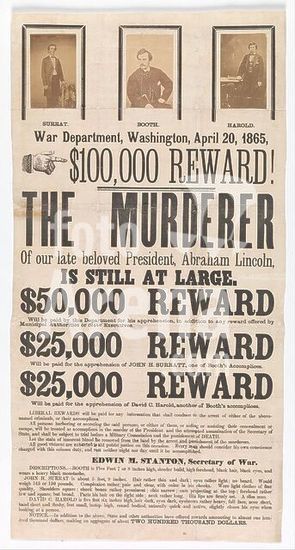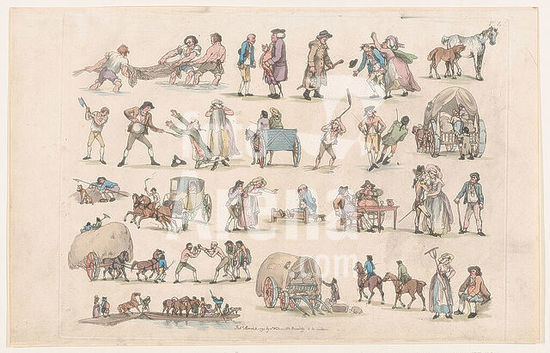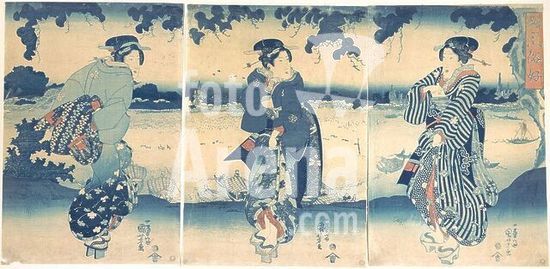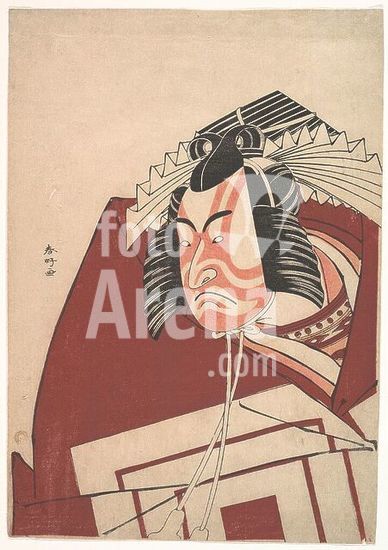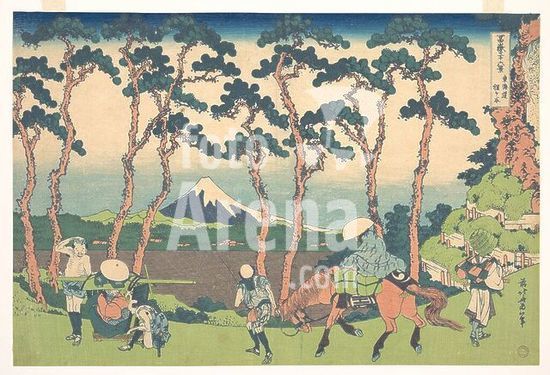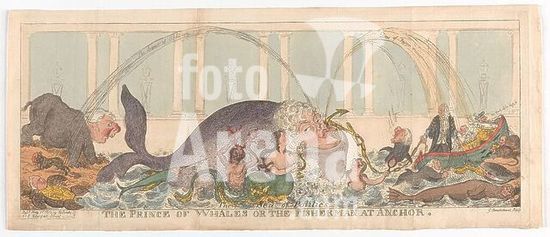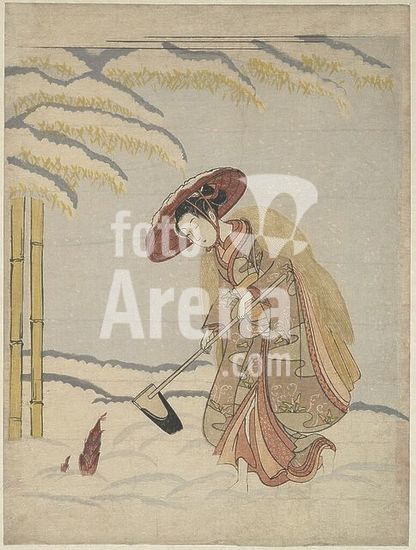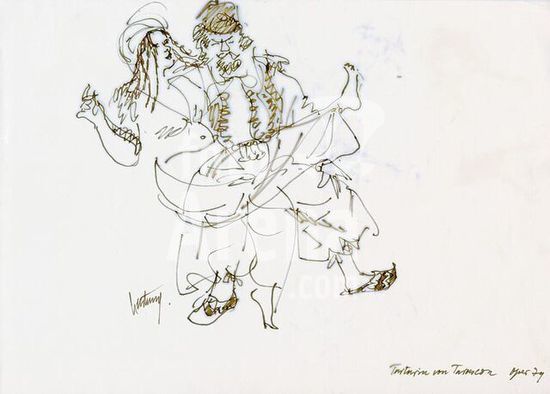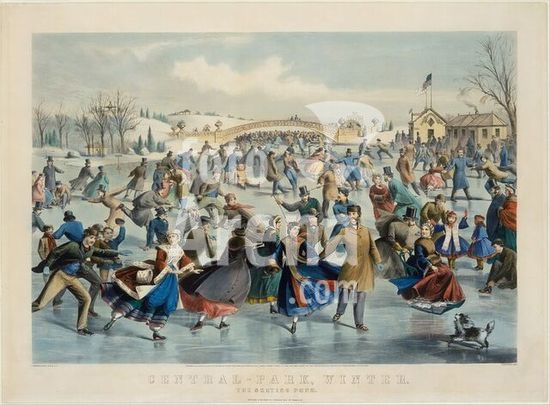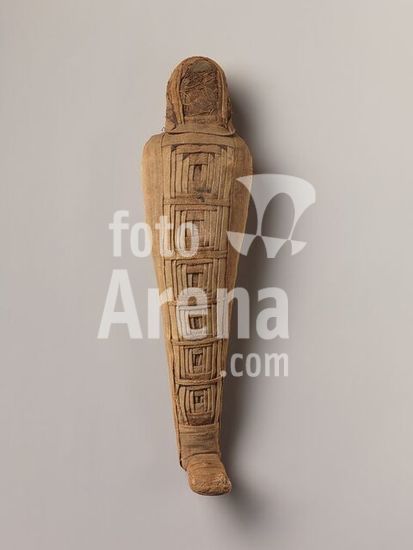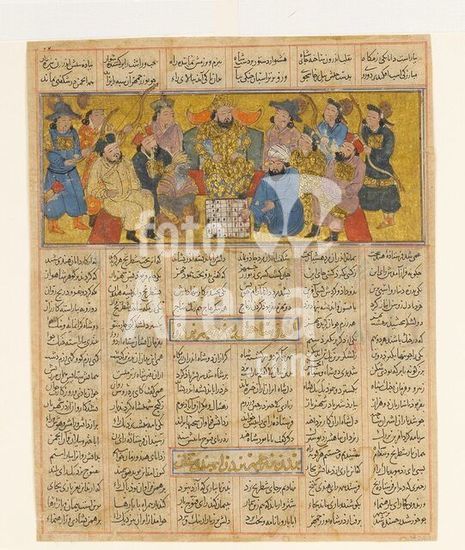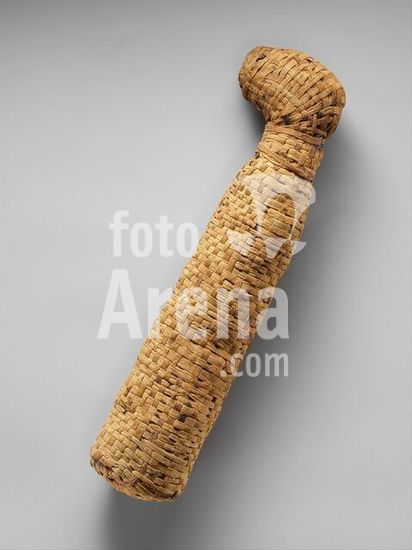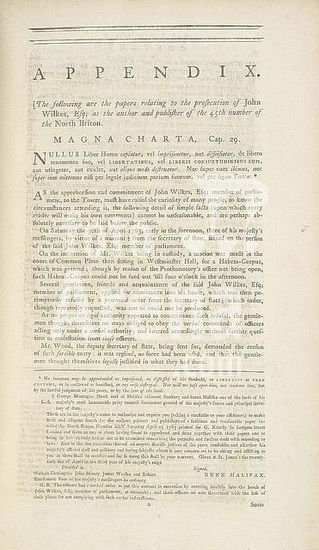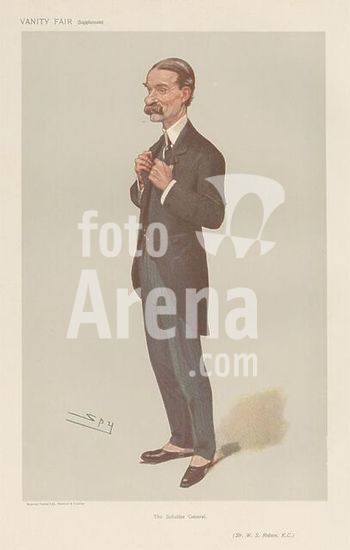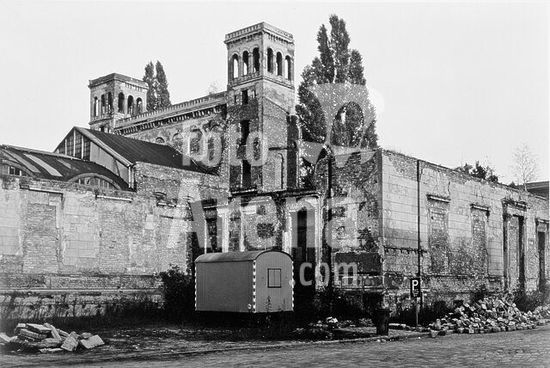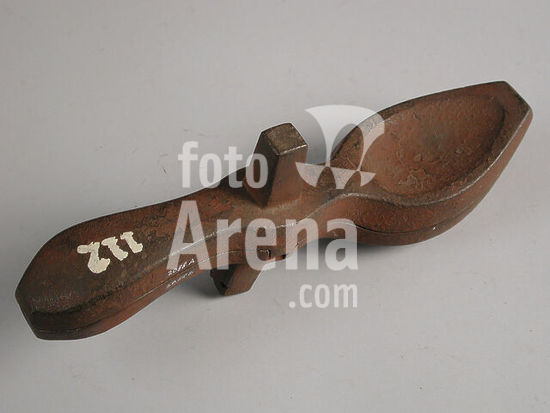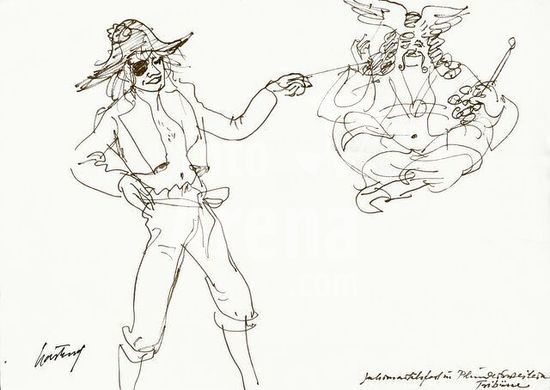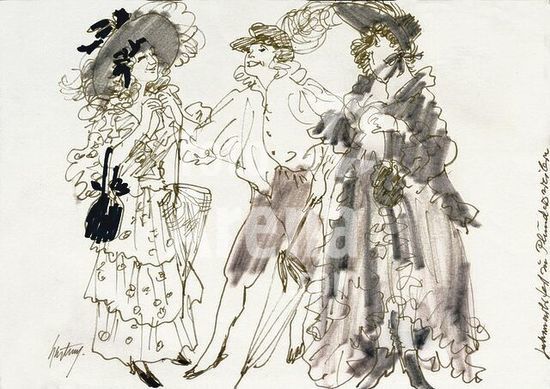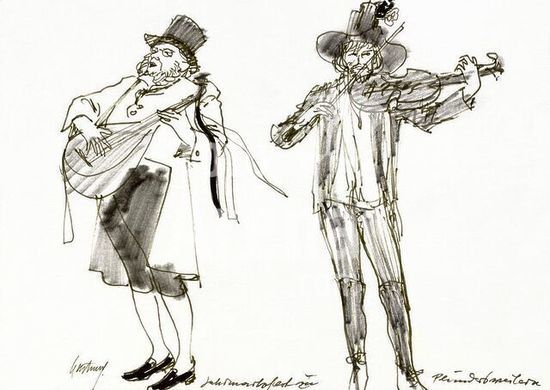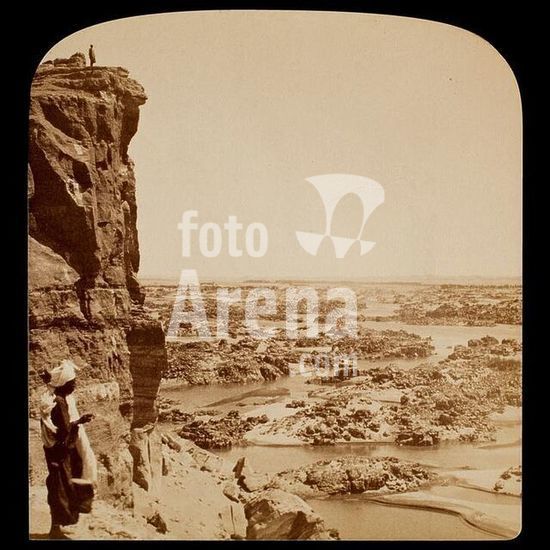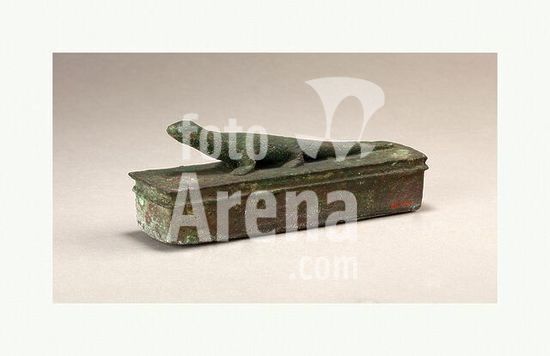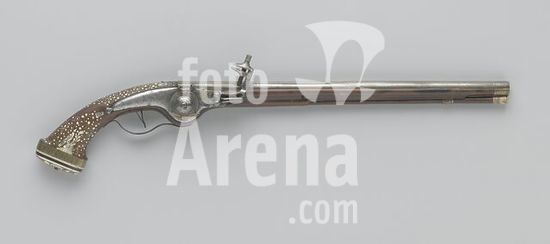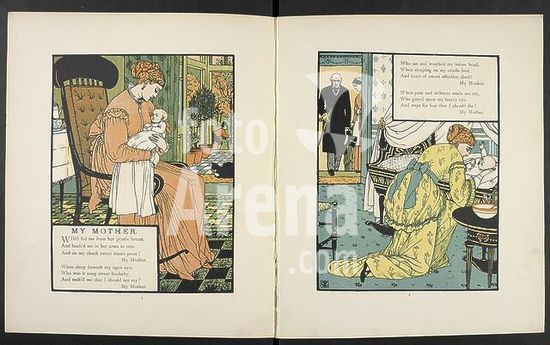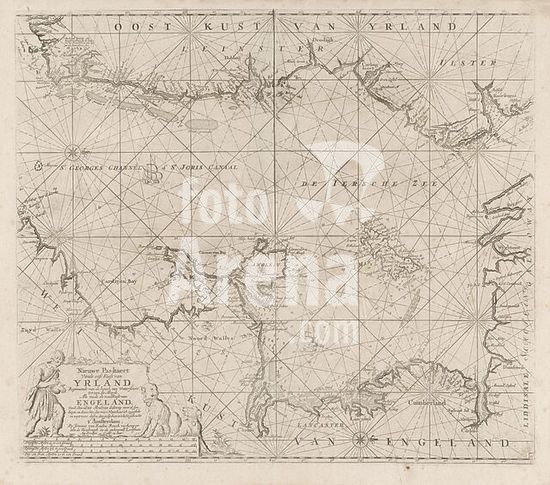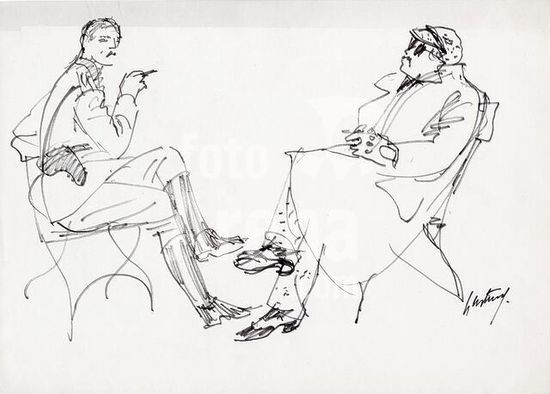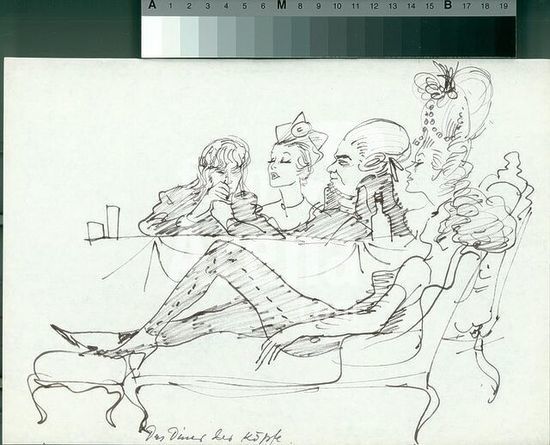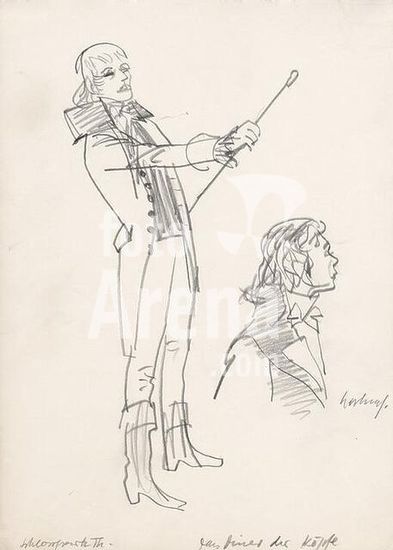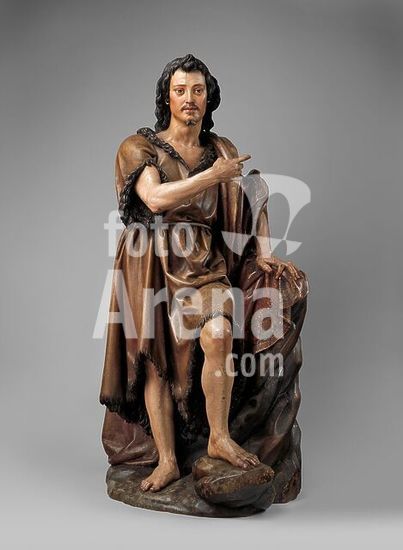
alb3625749
Saint John the Baptist. Artist: Juan Martínez Montañés (Spanish, Alcalá la Real 1568-1649 Seville). Culture: Spanish, Seville. Dimensions: Overall (confirmed): H. 60 5/8 x W. 29 5/8 x D. 27 5/8 in. (154 x 75.2 x 70.2 cm). Date: ca. 1620-30.Juan Martínez Montañés was one of the greatest spanish sculptors of the first half of the seventeenth century. Based in Seville, he carved numerous wooden statues and reliefs that were painted and integrated into large altar screens called retablos (English: retables) for churches in his native region or to be shipped to the New World. His forte as an artist was the single figure, standing or seated, usually robust, naturally posed, and richly robed. Somewhat defensively, he gave his reason for this: "As for the appearance of the statues when they are seen away from their settings by those who do not understand or maliciously criticize them, we say that once they are in their places they will be very effective, and if they did not have so much drapery they would look very insignificant when they were put in compartments at a distance." [Note 1] To modern eyes, his works even when removed from their original contexts have a powerfully sculptural form; but it is important to remember how critical the original church setting was in the artist's conception. The Museum's statue of Saint John the Baptist, a rare work by the master in a collection outside Spain or South America, illustrates these points. A mature man with a powerful physique, he wears a short brown tunic cinched with a rope around the waist. A crimson robe patterned with foliage and cherub heads is draped over his shoulder and partially covers the rock formation on which he stands and leans. His left hand rests on the rock while his right reaches across his body to point. This gesture was certainly toward a missing Lamb of God on an altar in the monastery church for which Saint John was made or toward the top of a banderole with the message "Behold the Lamb of God" stuck in the ground by the saint's left foot (where a hole exists) and rising to his left shoulder. The altar of Saint John the Baptist (1635 - 37) in the Convento de Santa Paula, Seville (fig. 31), gives an idea of how this might have appeared. [Note 2] His strongly defined carved features include a thin, split goatee -- the rest of his light beard and mustache are painted -- a knot of hair over the forehead and long tousled locks, a creased forehead, and straight, subtly carved eyebrows. Made of Spanish cedar, the statue has held up relatively well over the centuries, although some fingers of the right hand have been recarved and the right arm rejoined. [Note 3]As a physical type, John the Baptist is like other statues of the saint carved by the artist. The one he made for the retablo of San Isidoro del Campo at Santiponce (after 1609) is generally similar in pose, though the raised foot of the Museum's figure makes the saint's gesture more emphatic, and its face is smoother and not quite as eloquent as here. [Note 4] Closer to this one in its powerful presence and expressive face is the Saint John the Baptist in high relief on the retablo of the Convento de San Leandro, Seville (1622 - 23). [Note 5] A dating of the Museum's statue during the artist's mature years seems to be borne out by these comparisons. Beatrice Proske assigned it to the 1620s or early 1630s. José Hernández Díaz preferred to date the figure to the first decade of the century, before the retablo of San Isidoro at Santiponce. [Note 6] He viewed the Museum's Saint John as a striking and characteristic work entirely by Martínez Montañés, but Proske thought she detected the intervention of another artist in the sculptor's workshop and described it as in the style of Montañés.Documents connect the statue to the Sevillian Convento de la Nuestra Señora de la Concepción, which was suppressed in 1837. In a notice published in 1844 that inventoried the contents of the monastery church, Félix González de León described one of its retablos: Under a big molded arch with pilasters supporting a cornice, on a high pedestal placed over the base of the retable itself stood the most beautiful figure of Saint John the Baptist ever made by the celebrated Martínez Montañés. One can hardly explain the beauties of the design and the treatment of draperies and body of this famous image, the honor of its author and its country. [Note 7]He further noted niches on either side of the statue decorated with pediments and angels and filled with paintings of stories about the saint. Relatively modest by the standards of the time, the retablo must have been somewhat like those in the Convento de Santa Paula, centered on the statue of the saint. Martínez Montañés's resolutely straightforward image with pleasing partial side views would have been well suited to such a frame. The emphatic gesture was designed to be read from a distance, and as the sculptor himself explained, the voluminous drapery would give the figure weight and solidity in the midst of such splendid decorations. The sculptor's father was an embroiderer in the city of Alcalá la Real, and the son's taste for richly decorated textiles must have developed early in life. Traditionally, Spanish sculpture of this period was painted by specialists other than the carver. This figure's relatively simple painted patterns and colors only enhance the power of the carving. NOTES1. Quoted in Proske 1967, p. 4 (translated from López Martínez 1932, p. 238).2. Proske 1967, pp. 125 - 27, figs. 193, 194.3. U.S. Department of Agriculture, Madison, Wisconsin, letter of April 25, 1966, in the curatorial files of the Department of European Sculpture and Decorative Arts, Metropolitan Museum. The statue was cleaned by Christine Faltermeier and the right arm reset by Rudolph Colban in the summer of 1975.4. Proske 1967, pp. 61 - 69, figs. 73, 76.5. Ibid., pp. 93 - 95, figs. 108, 109, 131. 6. Hernández Díaz 1987, pp. 261, 264.7. González de León 1844, vol. 1, pp. 228 - 29. Museum: Metropolitan Museum of Art, New York, USA.
DC
